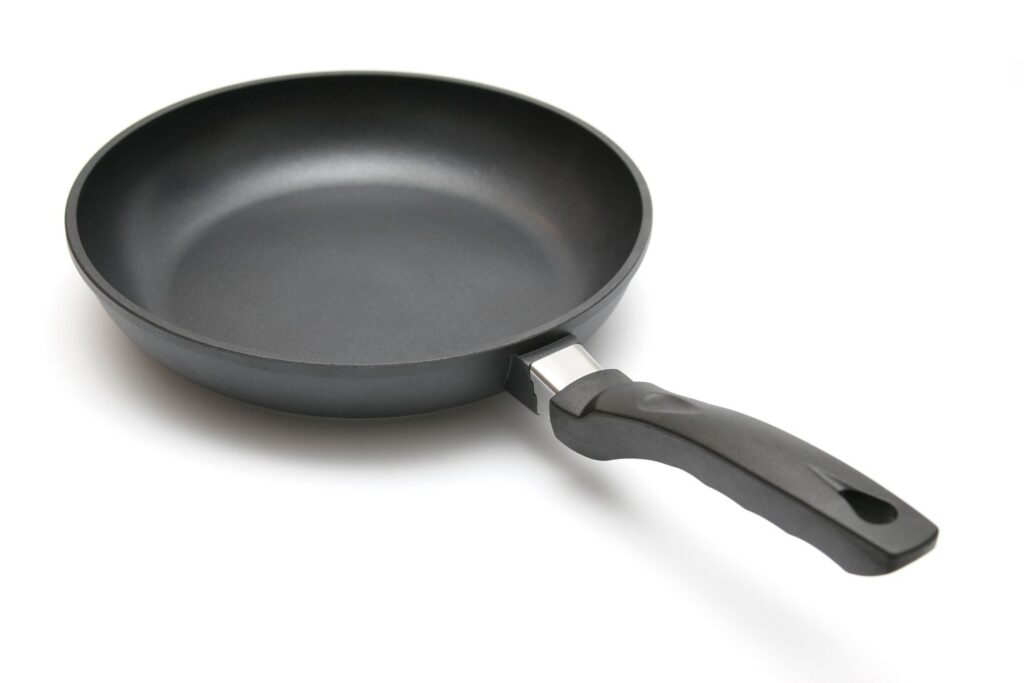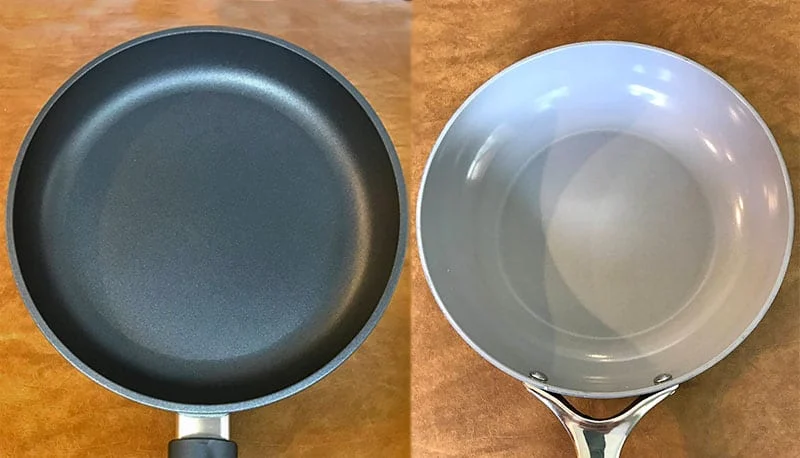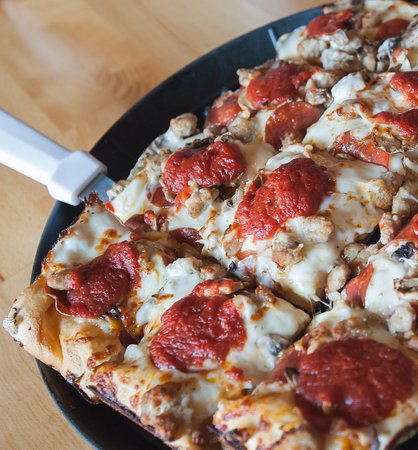Teflon and Ceramic: A Comprehensive Guide
In the world of cookware, Teflon and ceramic coatings have become increasingly popular choices for both professional chefs and home cooks. These non-stick coatings offer a convenient way to prepare food with minimal sticking and ease of cleaning. In this comprehensive guide, we’ll delve deep into the world of Teflon and ceramic coatings, exploring their characteristics, advantages, disadvantages, and how to choose the right option for your culinary needs.
What Is Teflon?

Teflon, a brand name for polytetrafluoroethylene (PTFE), is a synthetic fluoropolymer known for its exceptional non-stick properties. It was first developed by chemist Roy Plunkett in 1938 and has since found numerous applications, especially in the kitchen.
Key Features of Teflon:
- Non-Stick: Teflon offers one of the most reliable non-stick surfaces, making it perfect for cooking without excessive oil or butter.
- Heat Resistance: Teflon can withstand high temperatures, usually up to 500°F (260°C).
- Durability: It’s resistant to scratches and does not corrode or degrade easily.
- Easy Cleaning: Teflon-coated pans are a breeze to clean, typically requiring just a gentle wipe.
Advantages of Teflon Cookware:
1. Non-Stick Cooking: Teflon’s primary appeal lies in its non-stick surface, allowing for healthier cooking with less oil or fat.
2. Easy Maintenance: Cleaning Teflon pans is effortless, reducing the time spent on post-meal cleanup.
3. Versatility: Teflon-coated cookware is available in various forms, from frying pans to bakeware, offering versatility in the kitchen.
4. Even Heat Distribution: Teflon’s smooth surface ensures even heat distribution, preventing hot spots in your cooking.
Disadvantages of Teflon Cookware:
1. Sensitivity to Heat: While Teflon can handle high temperatures, it may release toxic fumes when overheated (above 500°F or 260°C).
2. Durability Concerns: Teflon coatings can wear out over time, especially if abrasive utensils are used.
3. Limited Browning: Achieving a deep sear or caramelization can be challenging due to Teflon’s non-stick nature.
You can also learn about (Click Her)
What Is Ceramic?

Ceramic cookware is made from natural materials such as clay and water. These materials are molded, glazed, and fired at high temperatures to create a smooth, non-stick surface. Ceramic cookware has gained popularity as a safer alternative to traditional non-stick coatings.
Key Features of Ceramic:
- Non-Stick Surface: Ceramic coatings provide a naturally non-stick surface without the use of synthetic chemicals.
- Environmentally Friendly: Ceramic cookware is often considered more eco-friendly due to its natural composition.
- Heat Tolerance: It can handle moderate to high heat, typically up to 450°F (232°C).
- Easy Cleanup: Like Teflon, ceramic pans are easy to clean, requiring minimal effort.
Advantages of Ceramic Cookware:
1. Healthier Cooking: Ceramic coatings are free from PTFE and PFOA, making them a safer choice for health-conscious individuals.
2. Natural Composition: Ceramic cookware is derived from natural materials, appealing to those who prefer eco-friendly options.
3. Non-Stick Performance: Ceramic surfaces offer excellent non-stick properties, reducing the need for excess fats or oils.
4. Versatility: Ceramic cookware comes in various forms, including skillets, pots, and baking dishes, catering to diverse cooking needs.
You can also learn about (Click Her)
Disadvantages of Ceramic Cookware:
1. Durability Issues: Some ceramic coatings may wear off over time, leading to reduced non-stick performance.
2. Heat Sensitivity: Ceramic coatings may not withstand extremely high temperatures as well as Teflon, potentially leading to cracking or chipping.
3. Careful Handling Required: Ceramic cookware can be more delicate and may require gentle handling to prevent damage.
Kitchen Nightmares into Dream Designs – Avoiding Common Mistakes
Choosing Between Teflon and Ceramic:

Deciding between Teflon and ceramic cookware largely depends on your cooking preferences and priorities. Here are some factors to consider:
1. Cooking Style: If you often cook at high temperatures or require quick browning, Teflon may be more suitable. However, if you prefer lower-heat cooking and value health-conscious options, ceramic could be the better choice.
2. Durability: Teflon may offer better longevity if used and maintained properly. Ceramic coatings can be more delicate and may require replacement sooner.
3. Safety Concerns: If you are concerned about potential health risks associated with Teflon, ceramic cookware is a safer alternative.
4. Eco-Friendliness: Ceramic cookware’s natural composition makes it an environmentally friendly choice compared to Teflon, which is synthetic.
5. Budget: Consider your budget, as high-quality Teflon and ceramic cookware can vary in price.
Maintaining Your Non-Stick Cookware:
Regardless of whether you choose Teflon or ceramic cookware, proper maintenance is essential to ensure longevity and performance.
1. Use Gentle Utensils: Avoid metal utensils that can scratch or damage the non-stick surface. Opt for silicone, wood, or plastic utensils instead.
2. Handwashing: While many non-stick cookware items are dishwasher safe, handwashing with a soft sponge and mild detergent is recommended for long-lasting performance.
3. Avoid Overheating: Prevent overheating by using low to medium heat settings for cooking. This is especially important for ceramic cookware.
4. Seasoning (Ceramic): Some ceramic cookware benefits from occasional seasoning with a light layer of oil to maintain non-stick properties.
Conclusion:
In the debate between Teflon and ceramic, there is no one-size-fits-all answer. Your choice should align with your cooking style, safety concerns, and budget. Both Teflon and ceramic offer excellent non-stick properties and convenience, but they come with their unique advantages and disadvantages.
Ultimately, whether you’re whipping up a quick breakfast or preparing a gourmet dinner, understanding the characteristics of Teflon and ceramic cookware will help you make an informed decision, ensuring your culinary adventures are both enjoyable and safe.







